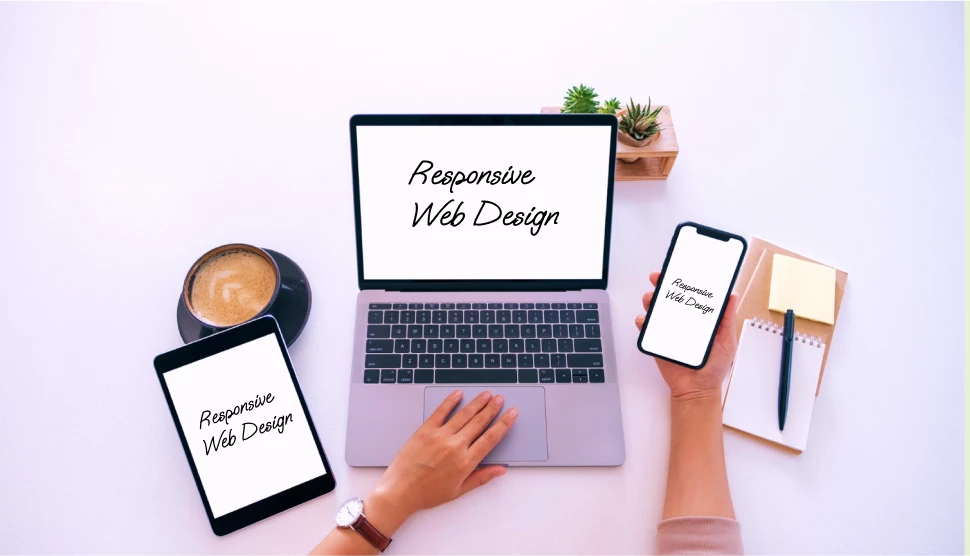
Picture this: You’re shopping online, trying to grab that limited-edition item on your smartphone, but the website loads like it was designed in 2005. Tiny text, oversized buttons, and images that look like a Picasso painting. Frustrating, isn’t it? Now flip the scenario. Imagine your website causing that same frustration for your visitors. Yikes! This is where responsive design saves the day—and your business.
What Is Responsive Design, Anyway?
Responsive design is like the chameleon of the web development world. It adapts your website to look stunning and function seamlessly on any device, whether it’s a massive desktop monitor, a tablet, or a pocket-sized smartphone. The goal? Deliver a user-friendly experience that keeps visitors happy (and coming back for more). In technical terms, responsive design uses flexible grids, layouts, images, and CSS media queries to adjust the website’s appearance based on screen size and orientation. But let’s keep the geek-speak to a minimum, shall we? In plain English: It makes your site look awesome everywhere.
Why Responsive Design Is a Non-Negotiable in 2024
1. Google Loves It (and So Should You)
Here’s the deal: Google ranks mobile-friendly websites higher. With mobile-first indexing in full swing, your website’s performance on a smartphone directly impacts your search engine ranking. No responsive design? Say hello to page two of Google search results—and nobody scrolls that far.
2. The World Is Mobile
Did you know over 60% of web traffic comes from mobile devices? If your site isn’t optimized for smaller screens, you’re waving goodbye to a huge chunk of potential customers. People expect speed and simplicity. If they have to pinch and zoom to navigate, they’re gone faster than you can say “bounce rate.”
3. It’s All About First Impressions
Your website is often the first interaction someone has with your brand. A messy, hard-to-navigate site screams unprofessional. On the flip side, a sleek and responsive design builds trust and credibility. Think of it as dressing your website in its Sunday best every day.
4. Increased Conversions
Responsive websites lead to better user experiences, and better experiences mean more conversions. Whether it’s signing up for a newsletter, making a purchase, or filling out a contact form, users are more likely to act when the process is smooth and visually pleasing.
How to Make Your Website Responsively Stunning
1. Start with a Mobile-First Approach
Design for the smallest screen first, then scale up. This ensures your content looks great on smartphones while keeping it functional on larger devices.
2. Flexible Layouts Are Your BFF
Use fluid grids that adjust automatically to different screen sizes. Say goodbye to fixed pixel dimensions; it’s all about percentages and proportions.
3. Optimize Images Like a Pro
Large, unoptimized images slow down your site. Use responsive images that adjust in size and resolution based on the user’s device. Bonus points for compressing them without sacrificing quality.
4. Test, Test, Test
Use tools like Google’s Mobile-Friendly Test and preview your site on multiple devices. Don’t just assume it looks good on your phone; your audience deserves more than guesswork.
Wrapping It Up
Responsive design isn’t just a trend; it’s the foundation of modern web development. In a world where attention spans are shorter than a TikTok video, you can’t afford to give users a clunky, outdated experience. By embracing responsive design, you’re not only enhancing user satisfaction but also boosting your SEO rankings, conversions, and ultimately, your bottom line. Ready to take your website to the next level? Let’s make it happen. Because in the digital world, looking good on every screen isn’t optional—it’s essential.
"Waystar Studio specializes in creating responsive websites that wow audiences and rank high on Google. Contact us today to transform your online presence!"
Waystar